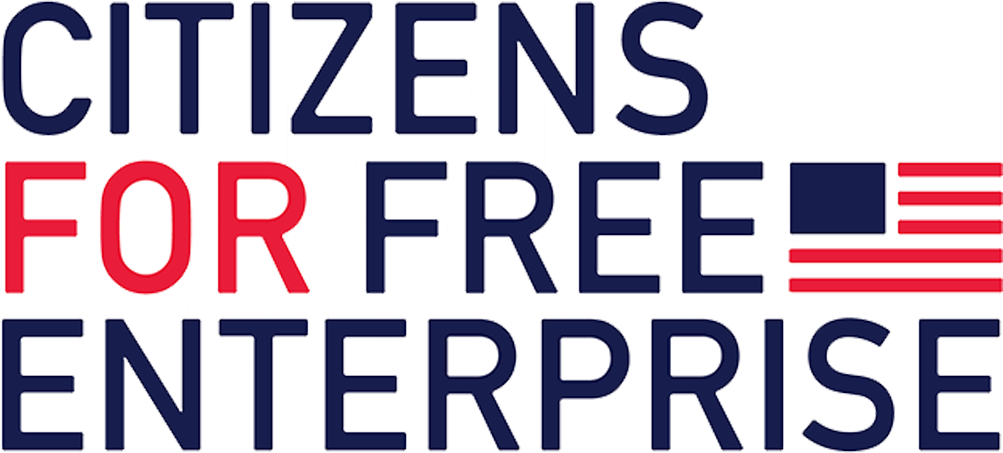Save Our Schools Arizona—an anti-school choice advocacy group committed to keeping kids in failing schools—was busy on social media this week promoting misinformation as part of its continued crusade against Arizona’s Empowerment Scholarship Account program. Lying about the ESA program is unfortunately nothing new for SOSAZ (or its allies in the governor’s office), and this week’s misinformation was amplified by anti-choice activists, as well as at least one state legislator.
The claim is as follows:

They made similar claims about ESA recipients in Mesa, Deer Valley, and Scottsdale as well. For each of these “astounding” claims, the source listed is “ADE Q2 ESA Voucher Reports.” Importantly, if you actually read the Department of Education’s quarterly reports to the State Board of Education and to the Governor/Legislature, it becomes clear that SOSAZ’ source could more accurately be characterized as “we made it up,” because nowhere in either report does the data support the idea that 83 percent of Tucson Unified ESA recipients have never attended a public school. SOSAZ did not provide their calculations, so we were left to guess where this number came from.
Our best guess (if, like us, you were expecting they did more rigorous analysis than elementary school level math, prepare to be disappointed) is that they took the number of ESA students who reside in a given school district (found in the report to BoE) and subtracted the number of students who had attended the same public school immediately before getting an ESA (found in the report to the Gov/Leg). For numerous reasons, this “analysis” is inaccurate, misleading, and does not in any way indicate what percentage of ESA recipients have ever attended a public school. We address the most egregious of these below.
The Facts
First, the calculation relies on incomplete, partial data about which students have attended public schools. The data about students who reside in a given district’s boundaries includes every ESA recipient. Conversely, DoE notes in its report that the numbers regarding which school districts and charter schools that students attended is only reported from FY 2017-2024. Because the Department implemented a new student information system, any student who enrolled prior to 2017 is excluded from this data. This means the number who previously attended each public school is artificially lower. This skew is made even more dramatic since the excluded data covers a time before the universal ESA expansion, meaning the vast majority of students enrolled had to have attended public school to even qualify for the program.
Second, SOSAZ’s calculation uses an extremely narrow definition of public school and relies on the faulty assumption that students residing in district boundaries could only have attended that district’s schools. This assumption fails for several reasons. Arizona is an open enrollment state, meaning any student in the state may apply to and attend any public school, whether within their home district or outside of their own district boundaries. Open enrollment is the most basic level of school choice and represents an important piece of Arizona’s school choice legacy. In fact, statewide more than 300,000 public school students attend a school other than their local assigned school.
For ESA recipients in the Tucson Unified boundaries, it’s possible they may have attended a public school in a neighboring district. For instance, around 29 percent of students in Marana Unified live out of the district. For the neighboring Altar Valley and Amphitheater districts that number stretches to 31 percent and 36 percent respectively. This translates to thousands of possible students who could live in Tucson Unified but attend a different public school.
In addition to open enrollment, SOSAZ failed to consider students attending charter schools, which is not surprising, given that SOSAZ believes that charter schools “drain much needed funding from our public schools.” Regardless of their misgivings about charter schools, they are public schools under Arizona law and cannot be overlooked. In a quick review of DoE’s data, we identified hundreds of additional students who received ESAs after attending one of the dozen charter schools located within or immediately adjacent to Tucson Unified school boundaries. SOSAZ artificially inflated its numbers by excluding these students.
Finally, SOSAZ makes the egregious and unsupported assumption that a student who was not attending a public school at the time of ESA enrollment has never attended one in the past, which has absolutely no basis in the state’s data. Tens of thousands of Arizona students left public schools during the pandemic to escape the learning loss that would befall so many of their peers. If these same kids enrolled in ESAs should they have been expected to go back to the schools that failed them during crucial developmental years? They tried the public schools and were set back as a result, but their experience does not count, according to SOSAZ.
Ultimately, SOSAZ’s entire criticism is based on the faulty premise that Arizona’s students must endure failing schools before being empowered to learn elsewhere. Arizonans see this ruse and have embraced school choice for good reasons.
Although dunce caps rightfully went out of style in schools long ago, it’s a fitting symbol of SOSAZ’s embrace of misinformation. Rating: Four Dunce Caps

